Traveling down Center Valley Parkway in Upper Saucon Township, sprawling sections of empty land stretch far into the distance, interrupted only by spotty plots of development.
The Penn State Lehigh Valley campus appears. Then, signs emerge for the Stabler Corporate Center. In the distance is a SpringHill Suites by Marriott hotel.
It’s easy to forget, however, that much of that empty land is owned by Lehigh University. In fact, that empty land is Lehigh’s fourth campus.
Meet Stabler Campus
With land secured by donation in 2012, Stabler Campus comprised 755 acres — now 507 after the university sold some 248 acres since the original donation — in Upper Saucon Township, according to Lori Friedman, the university’s media relations director.
The land was officially transferred from the Stabler Land Company to Lehigh University as a gift from the Harrisburg-based Donald B. and Dorothy Stabler Foundation. Donald Stabler, ‘30, graduated from Lehigh with a bachelor’s degree in civil engineering and earned a master’s in civil engineering from Lehigh in 1932.
Stabler built his fortune after he founded Stabler Construction Company in Harrisburg in 1940, which ended up expanding into 13 subsidiaries involved in highway construction, concrete manufacturing and more. He donated a record $34.2 million to the university in 2008.
The land is broken up into 23 discontinuous parcels, meaning the plots are not all adjacent to each other. When Lehigh accepted the 755-acre land donation, it formed LU Properties, LLC, to manage the land. Individual parcels range from as small as less than an acre to the largest at 150 acres.
Though Friedman would not disclose the value of the land, Lehigh County records show that the original 755 acre donation was worth about $20 million in fair market value at the time.
A 2018 article by IndyStar notes the rising popularity of real estate gifts to universities, reporting that Indiana University has received 91 properties worth $43 million since 2003. Marist College, for instance, accepted about $75 million worth of surrounding property in 2009, according to The Chronicle of Higher Education.
Lehigh’s Stabler Campus is situated in and around the Promenade Shops on Center Valley Parkway, a popular local shopping center with a movie theater, restaurants and other shops, located about 5 miles south on Route 378 from Lehigh’s Alumni Memorial Building. Across the street from the land is the Stabler Corporate Center, a 600-acre corporate park with a hotel and headquarters for companies like Olympics USA and Dunn & Bradstreet, land which Lehigh does not own.
The property owned by Lehigh is situated near the Route 309 and Interstate 78 exchange, potentially making it a prime location for development, said Loren Keim, a professor of practice in Lehigh’s real estate department and an active broker in the region.
Mark Ironside, the executive director of University Business Services and the president of LU Properties, said Stabler envisioned a “vibrant corporate and residential area in the heart of the (Lehigh) Valley” to be developed from his original gift.
Pat Johnson, the vice president of Finance and Administration, spoke of Stabler’s dedication to Lehigh.
“He was a trustee, and it was a very, very generous gift to basically add another campus to the university,” Johnson said. “I don’t think his intent was anything other than to help the university.”
In an April 11, 2012, email sent to faculty and staff — forwarded to The Brown and White by Friedman — then-President Alice Gast announced the acquisition of the 755 acres. She wrote that the property “has the potential to be an important part of Lehigh’s long-term future” and that the university “will take time to determine the best path forward, but would anticipate some combination of commercial development, open space and university use.”
Today, the university owns a total of 2,100 acres of land, Friedman said. The founding 57 acres were donated by entrepreneur, statesman and public figure Asa Packer in 1865.
Over 100 years later in 1983, Lehigh’s Goodman Campus was developed following a donation of $2.5 million by Murray Goodman, ‘48, after Lehigh’s acquisition of over 500 acres of land through agreements made with the city of Bethlehem and Bethlehem Steel. The campus is now home to a 16,000-seat football stadium, a 6,000-seat basketball arena and other sports fields and facilities.
Four years later in 1987, Lehigh added 742 acres of land when it purchased Bethlehem Steel’s research laboratory after the company fell into decline. This purchase makes up Mountaintop Campus and connects the Asa Packer and Goodman campuses.
What is Lehigh doing with all this land, and where does the money go?
Johnson said with any land gift, it is entirely up to the university to decide what to do with that land, so long as it is in accordance with zoning regulations. Lehigh’s property in Upper Saucon is zoned residential, enterprise and industrial.
Since 2012, Lehigh has sold nearly 250 acres of the original 755-acre donation. In 2013, about 21 acres was sold for $6.5 million to B. Braun, an international company that makes medical devices. The company announced on its website that the Bethlehem site would be a new “headquarters campus,” but the land remains vacant for now.
One 64-acre parcel was sold to Old Saucon Investment in 2012 for $200,000. The parcel is currently under construction as a housing and retail center — the latter despite the new owners’ attempt at a 2017 Upper Saucon meeting to amend zoning laws to avoid developing retail on the plot.
Lehigh sold around four acres of land in 2014 for almost $500,000 on Saucon Valley Road. The Kiddie Academy of Center Valley, a childcare center and school, opened in 2018 on the property.
In 2016, High Hotels bought about nine acres of land from Lehigh for $2 million. The site is now a SpringHill Suites by Marriott. A Goddard school is under construction on the remainder of the property.
The university is under agreement to sell at least part of the 109-acre Parcel 4, Friedman said.
And in July 2019, the adjacent residential property owner bought about 35 acres of land from Lehigh for $285,000.
Two parcels totaling about 14 acres are currently for sale along Route 378 near the Southern Lehigh Intermediate School. The 8-acre parcel is on the market for about $1 million and the 5-acre parcel is going for $697,000, according to Erin Kintzer, the university’s director of Real Estate Services.
Kintzer said the money made from LU Properties goes back into the fund to support the expenses brought by the remaining 507 acres owned by the university.
She cited electric, security, remediation, building repairs and property owners’ association fees as expenses incurred by the properties. Real estate tax is the biggest expense, Kintzer said.
As for the rest of the property, however, the future is unclear.
“As with all donations, the university uses any generated income to advance its non-profit educational mission in some way,” Friedman said in an email. “In some cases, it makes sense to sell a property to maximize value. In other cases, it makes sense to hold a property based on market conditions or considerations for the university use in the short or long term.”
Ironside said while the university has no specific plans for the property and at this point is thinking opportunistically to support the education mission, one such academic prospect would be for the area’s corporate presence to expand. Potential benefits could mean partnerships, internships and different projects.
Ironside described an idea in which the corporate center could be connected to the existing Stabler Corporate Center and Promenade Shops by roadways and sidewalks.
“We don’t know what that (partnership) looks like, or how many companies,” he said. “The goal is to maintain (the properties) long term — this isn’t a short term thing.”
That mindset was consistent with the university’s original “principles” for managing the land, number one of which was maximizing the long-term potential value of the property and thinking into the next decade as the Lehigh Valley continues to grow. Ironside said other principles include providing for future academic opportunities and generating positive economic and employment impact in the community.
Keim said he sees some pros and cons in Lehigh’s handling of the land donation.
He questioned its decision to market the property on its own without the resources of a major broker. But while cash might be easier to work with, in the long run there is “no better investment than real estate,” Keim said, because “stock markets are volatile, bond returns are low and you’ll never make anything back putting it in a bank.”
“If you hold onto the land — as land values are increasing right now significantly — I think what they’re doing right now is very smart, which is holding onto some and selling some,” Keim said. “But long run, you have a spectacular location, you’re in the center of the Lehigh Valley, you can get to New Jersey or you can get to central Pennsylvania, you have a hotel and a golf course in the section. It will continue to grow in value.”
Lehigh’s involvement in real estate in Upper Saucon hasn’t gone unnoticed by residents, and in at least one instance, local community members expressed displeasure.
WFMZ reported that residents grew concerned at an April 2019 Upper Saucon meeting over Lehigh’s proposal to sell a parcel to Kay Builders of Allentown to construct a 900-unit living building with retail space for a residential promenade.
Residents, according to the article, brought up issues like traffic, the burden on the school district and environmental concerns. Some residents urged Lehigh to donate the land to Upper Saucon to preserve it as open space, instead of selling to Kay.
“The operative word is buyer,” Johnson said in response to this suggestion. “I don’t think that we’re in the business of donating away our assets unless there’s some compelling reason to that fact. I think that’s a misunderstanding the community may have.”
Note: The above map drawings are approximations and are not exact. The value of land for these purposes refers to the “fair market value,” as opposed to the “county assessed value.” The fair market value is more closely aligned with what the selling price might be and is calculated by multiplying the county assessed value by a common ratio, which is determined each year. Assessed value is more for tax purposes and may not be as subject to fluctuations in the market or other outside factors. Sources: Lehigh County property records and the 2015 Lehigh University Campus Planning report.
Lehigh has also been active in South Bethlehem real estate
According to Lehigh’s 2019 financial statement, LU Properties also manages South River Investments LLC and So-Beth Funding LLC. The document says that South River “was formed to own and develop certain real estate properties in the local community.” So-Beth “was formed to improve the condition of residential properties and quality of property management in the South Bethlehem community in order to create a more attractive and safe neighborhood for university students and the greater community.”
Lehigh owns several properties in the South Bethlehem area where university members are likely to rent off-campus homes, according to Northampton County records. Lehigh bought 225 Summit St. for $95,000 in 2011, 223 Summit St. for $145,000 in 2016, 535 Montclair Ave. for $185,000 in 2017 and 205 Summit St. for $170,000 in 2018.
Lehigh bought 11.5 acres for $181,000 from the Habitat for Humanity of the Lehigh Valley in 2014. The property, largely undeveloped, is located at 1400 James St.
In total, South River Investments owns the deeds to at least 20 off-campus properties, according to both Northampton County records and Lehigh’s website, with most ranging in value between $100,000 and $200,000. Properties are located on Summit Street, Montclair Avenue, West Packer Avenue and Carlton Avenue, popular destinations for off-campus student rentals.
South River is a program run by Lehigh’s real estate services office to offer rental homes for faculty, staff and graduate students. This operation is separate from any graduate housing offered by Residential Services.
“Prior to 2015, the university did not offer any rental housing for faculty or staff, which is less common for an institution of our size,” Kintzer said. “My office oversees the purchase, renovation and rental of housing for faculty, staff and graduate students.”
The real estate activity in the area comes during the university’s Path to Prominence, which in part calls on Lehigh to increase undergraduate student enrollment by 1,000 over the next 10 years.
Playing the long game
Johnson echoed Friedman’s comments regarding the decision that goes into what to do with each individual parcel on Stabler Campus. She said the original thought process in 2012 was to hold onto the properties closest to the university with the best chance of supporting the educational mission. Land farther away might be subject to more shorter term gains or leases.
Parcels 21 and 22, for example, are small, farther from campus, not contiguous to the other properties and are more removed from the corporate center, Ironside said.
“Each parcel has its own conditions that make it more or less desirable for us to think about… Parcels 9, 10 and 20 are around the intersection of Center Valley Parkway and Route 309, and there are plans to redevelop that intersection,” Kintzer said. “That is a reason why we wouldn’t just quickly sell those parcels — we want to see that intersection progress. Each parcel has its own little list of conditions and stories and things around it, like zoning, development, the things that are happening in neighboring parcels — it might be an environmental condition, it might have an existing building on it.”
Johnson, Ironside and Kintzer said “priorities” are keeping the university from developing on the property for direct educational benefit for students in the here and now, like a new lab space.
“We’ve got a pretty extensive Path to Prominence plan, and the university has to set a series of priorities,” Ironside said. “And our priorities today are things like the college of health, new residential houses on this campus, investments in the South Side. So it’s about, ‘What are your priorities?’ But at the same time, we don’t want to restrict ourselves down the road from making decisions about these parcels that will benefit Lehigh and the community.”
Johnson said the university has four campuses, and decisions aren’t made “either/or,” but that priorities are established for the “many opportunities” that arise.
“Is this the appropriate location for our students today? Are we going to bus them down there for a new lab space?” Kintzer said. “It doesn’t seem appropriate today.”
Keim, again, appeared torn on the university’s management of the land thus far and the fact that the land hasn’t been incorporated into Lehigh’s “core of education and institutional research.”
“I’m mixed,” he said. “It makes sense if you’re building a recreation or lab center or student housing, but the problem of putting classrooms there is the logistics of getting students back and forth. It’s a great piece of land for student activities. It’s just far.”
Keim said the region’s economy is strong overall, with big gains coming in warehousing. He also noted the high degree of health care and health care research in the area, which combines with warehousing to bring employment into the area after the era of Bethlehem Steel and Mack Trucks.
With higher median property values, median household incomes and homeownership rates than the rest of the country, Kintzer and Ironside have high hopes for the Lehigh Valley region as a real estate market — good news for the university’s real estate and investment portfolio.
“There’s not a lot of greenfield sites in the Valley of this size, and these properties are very centrally located,” Kintzer said, “which is one of the reasons why we are not rushing to sell the remaining acreage — to allow the future Lehigh University to consider these properties as an opportunity… as the Lehigh Valley continues to grow.”
This report was compiled by The Brown and White’s Investigative Team.

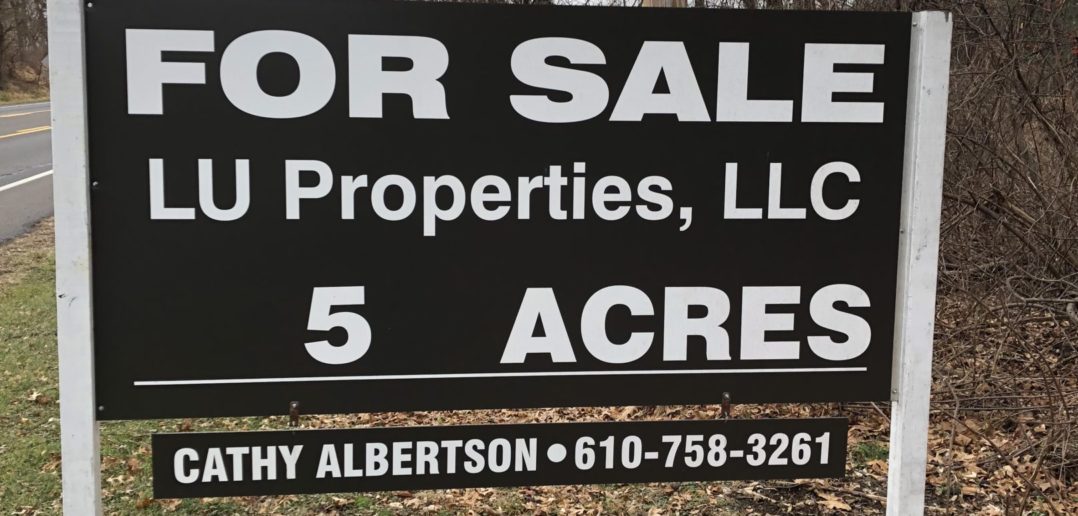
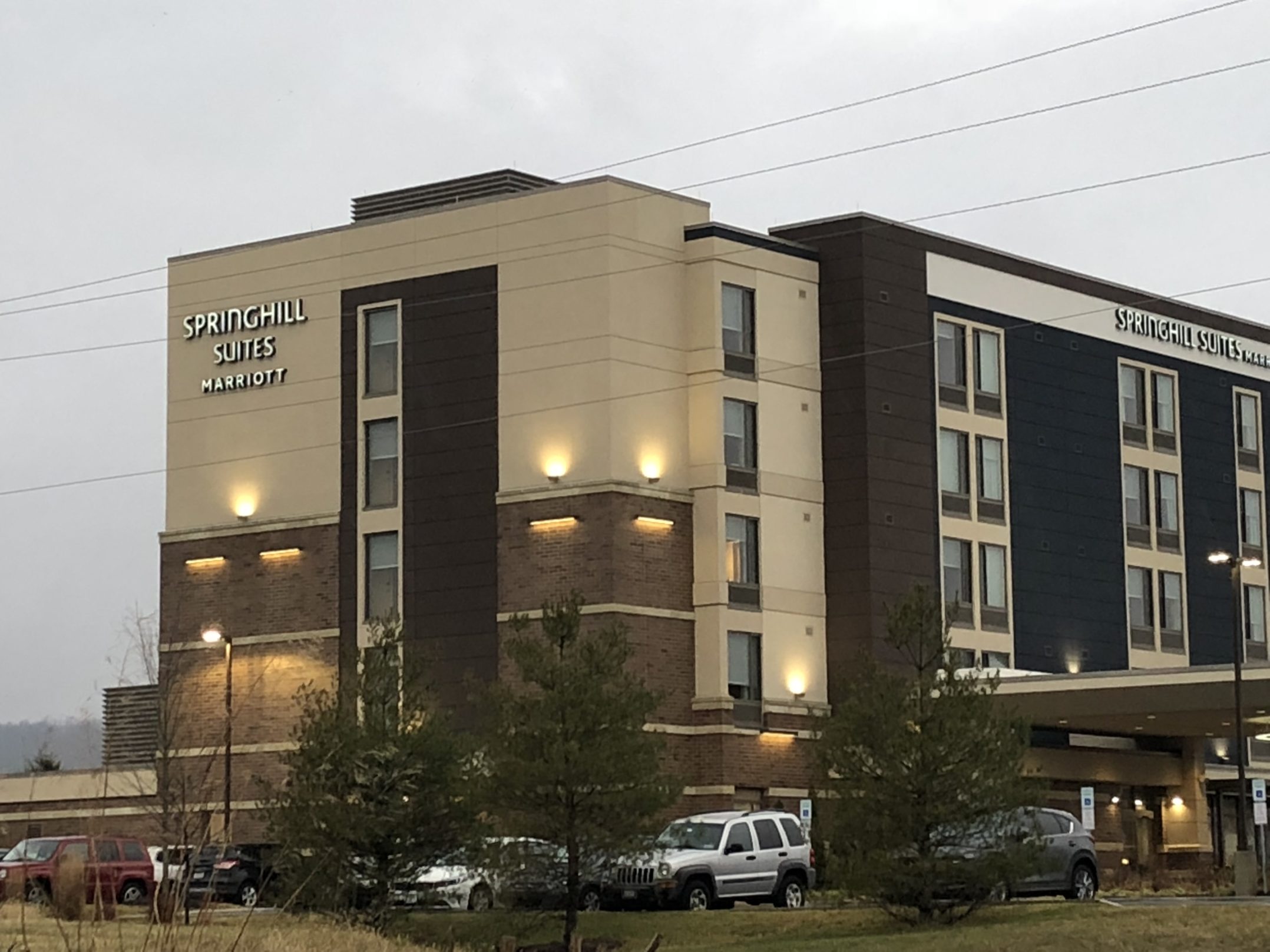
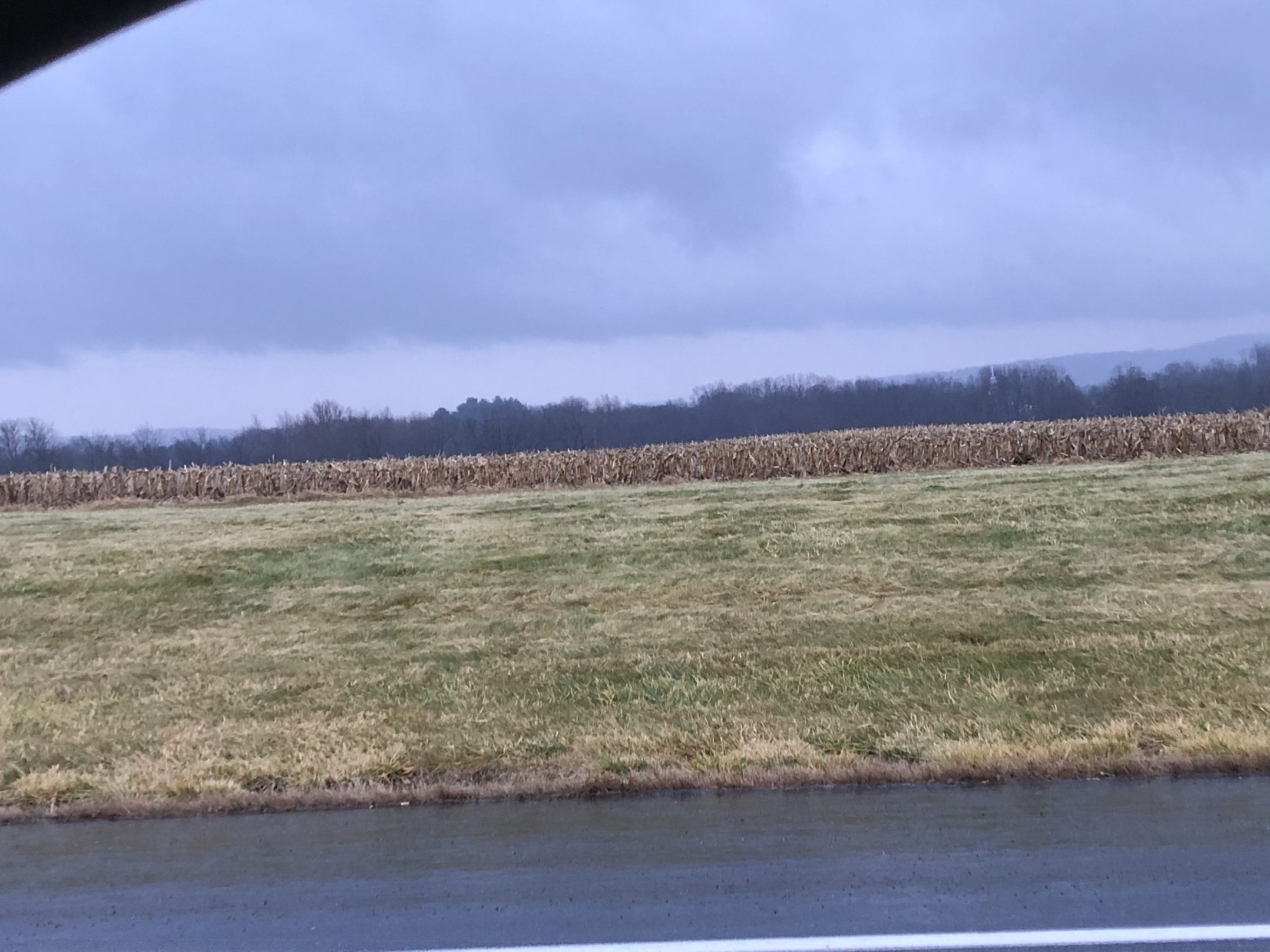
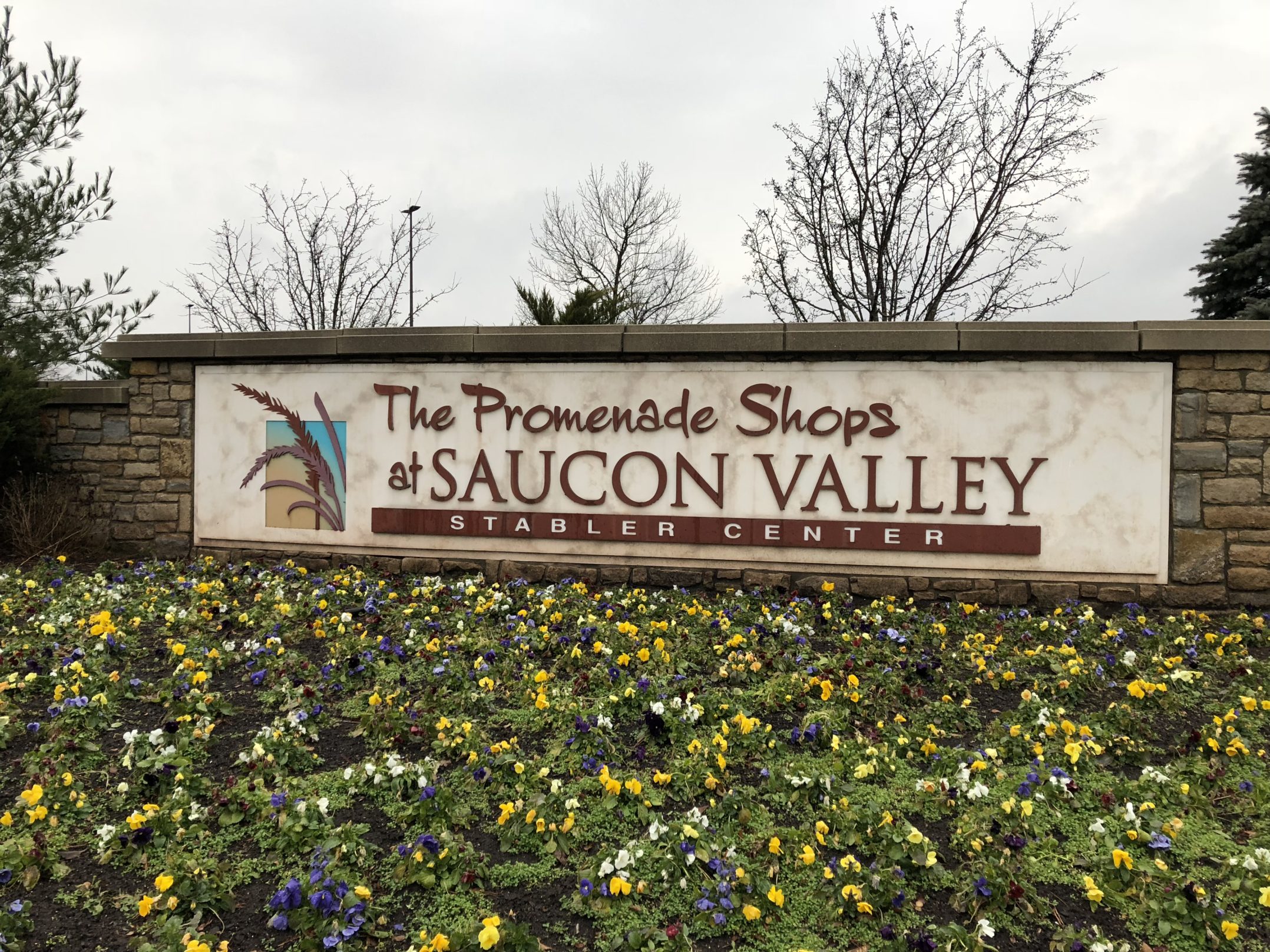
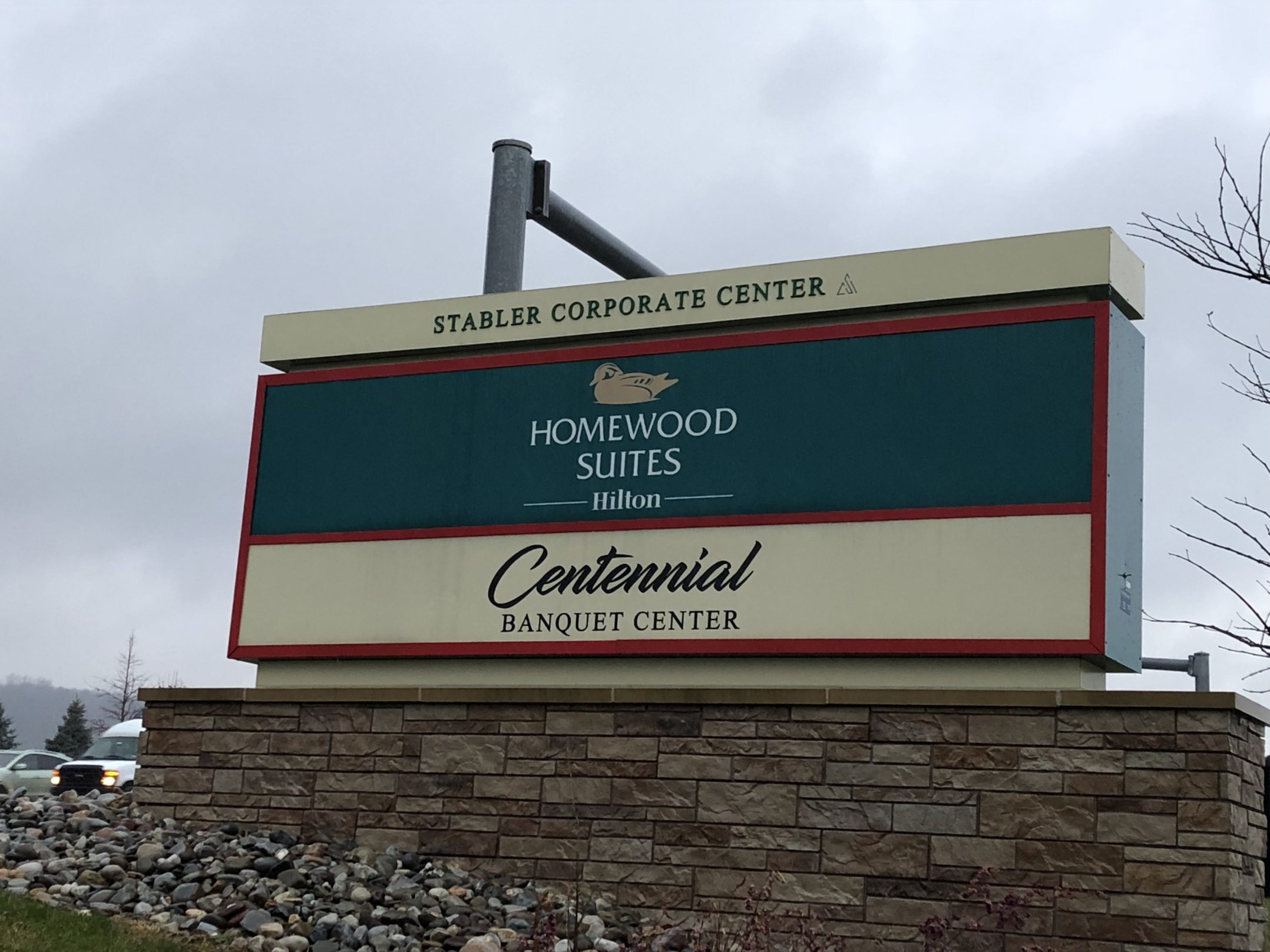
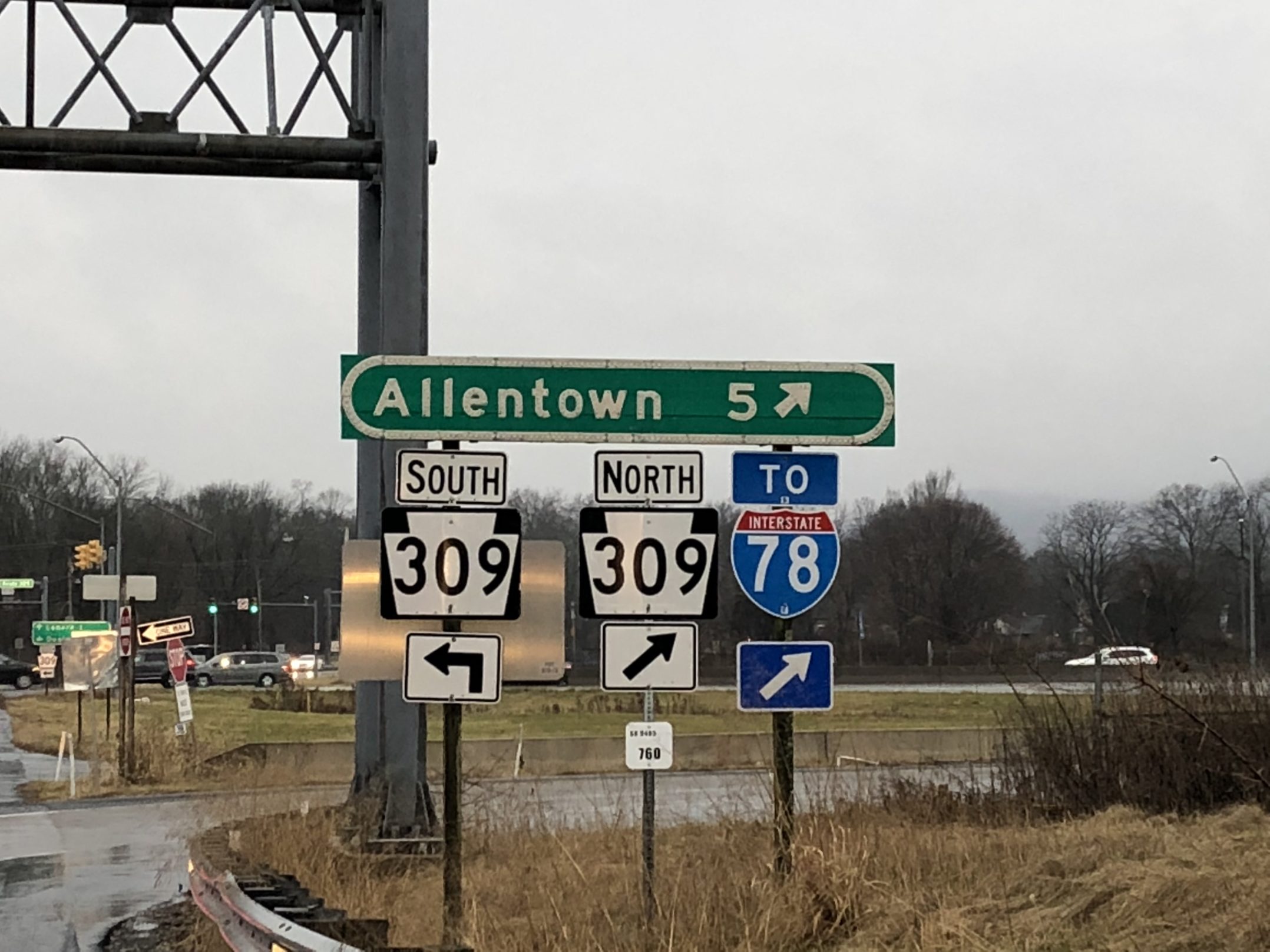

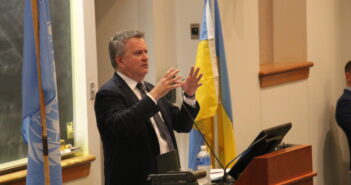
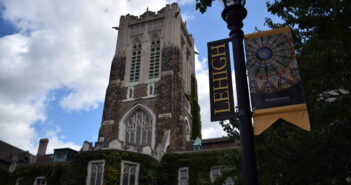

Comment policy
Comments posted to The Brown and White website are reviewed by a moderator before being approved. Incendiary speech or harassing language, including comments targeted at individuals, may be deemed unacceptable and not published. Spam and other soliciting will also be declined.
The Brown and White also reserves the right to not publish entirely anonymous comments.